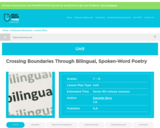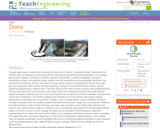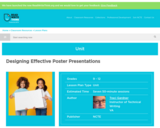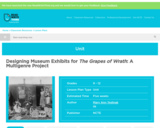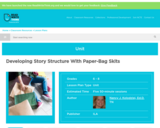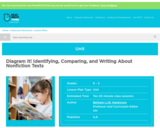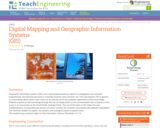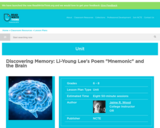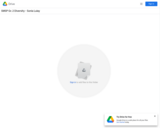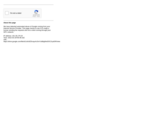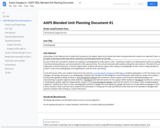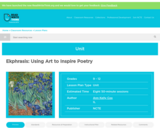As part of their ELA coursework, students are reading an autobiography to study author's craft. In particular, students are exploring how authors use dialogue, transitional phrases/clauses, and sensory details to tell a personal story. The unit will culminate with students writing their own memoirs. The bulk of the unit takes place in the ELA classroom. In the ESL support block, students will receive support with reading an autobiography of their choice, noting examples of author's craft in the autobiography, and integrating this craft into their own writing.
In this first lesson of the unit, students choose from two memoirs 15 on the Road to Freedom and the Big Lie. Students participate in a F2F mini-lesson in how dialogue can develop characters in an autobiography. Students then transition to technology for a book introduction with historical context and a chapter 1 book preview (guided reading). Students in 15 on the Road to Freedom then continue to receive support via Ed Puzzle for identifying dialogue and documenting in a graphic organizer, while students in The Big Lie meet with the teacher for the support. While students in The Big Lie transition to continue completing the graphic organizer independently, students in the 15 on the Road to Freedom meet with the teacher F2F to discuss their completed graphic organizers. Students then return to their autobiographies (written on google docs and organized in google classroom) to include additional dialogue in their stories and peer-review a partnerÅ› story. Students then participate in a full group F2F wrap up/reflection where they share out examples of dialogue their partner included in their writing as a result of the lesson.
Online Lesson for Books: Historical Context/Chapter 1 Intro/Graphic Organizer Support
15 on the Road to Freedom: Book Introduction, Chapter 1 Preview, and Support with Graphic Organizer Task
The Big Lie: Book Introduction, Chapter 1 Preview (Note that support with graphic organizer is given F2F for this group)
Graphic Organizers
I can identify how authors use dialogue to develop characters
I can identify precise language authors use to introduce dialogue
I can identify how authors use sensory details to develop experiences
I can identify how authors use transitional words, phrases, and clauses to convey sequence shifts
Assignment Sheet
ELA Autobiography Assignment Sheet (Created by Julia Koli, Connie Ray, and Elliot Willis-Begley at Scarlett Middle School, Ann Arbor MI)
F2F Mini-Lesson #1
Mini-Lesson on Character Development Through Dialogue
Please email daughertye@aaps.k12.mi.us if you would like me to send you the additional resources I created for the remaining mini-lessons and book chapters!
